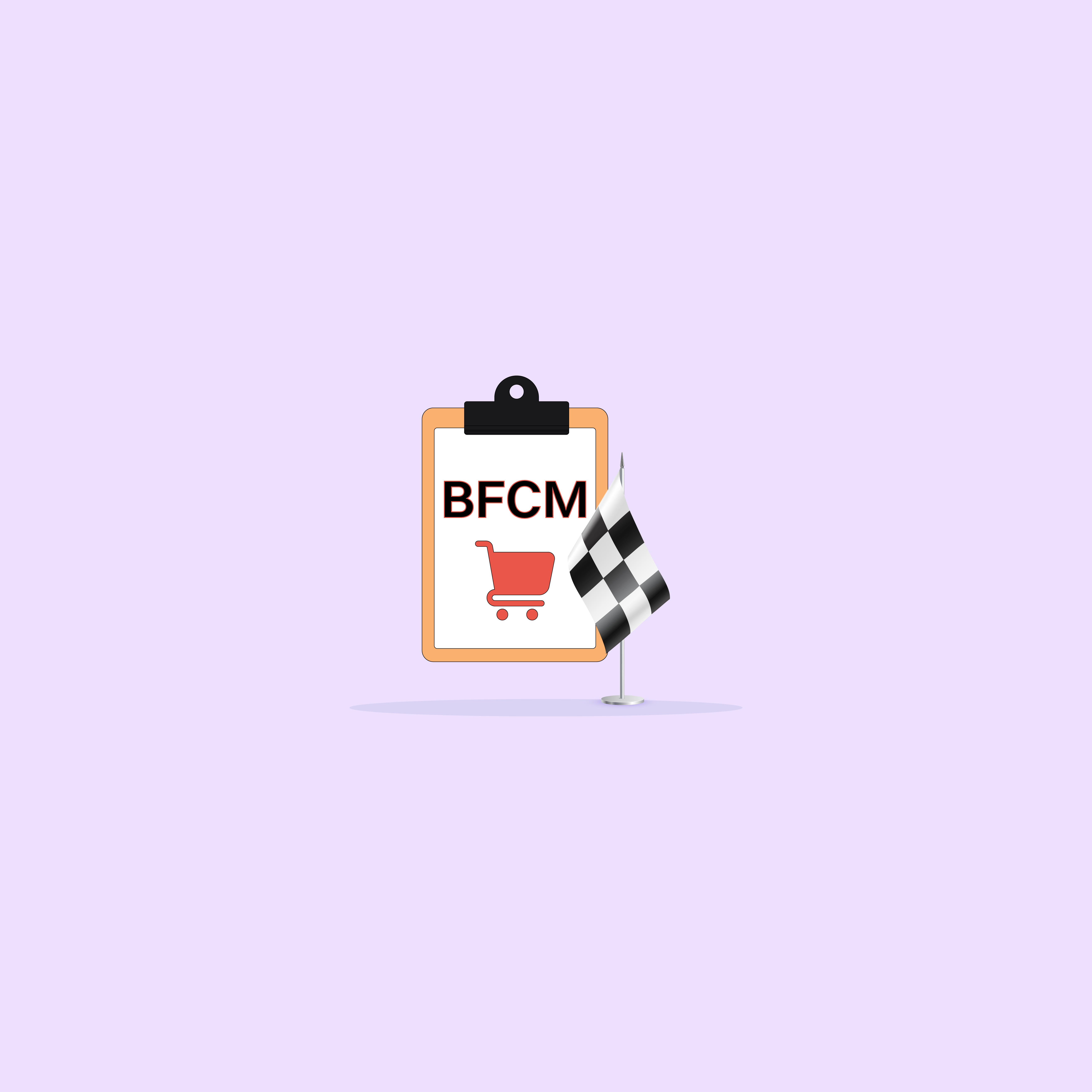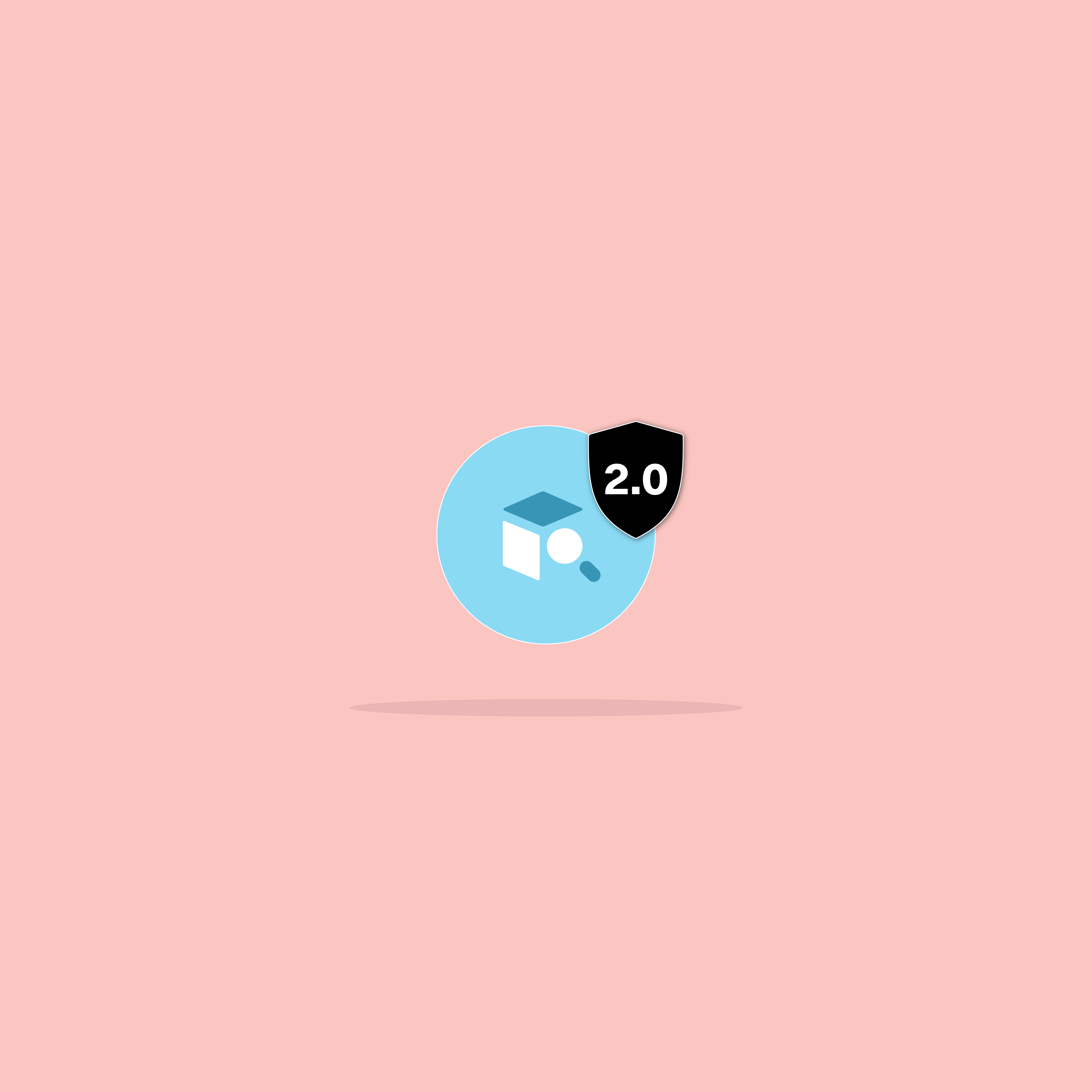Our websites use cookies. By continuing, we assume your permission to deploy cookies as detailed in our Privacy Policy.
Personalised Product Recommendations 101: Must-Have for eCommerce Stores
Top-grossing eCommerce sites like Amazon use product recommendations that offer a personalised experience to their customers. Customers spend more time shopping on eCommerce websites when their backgrounds are personalised.
In addition, personalised product recommendation makes it easier for customers to discover new products, increasing online store sales. Here is what Product Recommendations are that can help your eCommerce store.
What are Product Recommendations?
Product Recommendations are the presentation of relevant product lists to customers. According to research conducted by Barilliance, Product recommendations account for up to 31% of eCommerce site revenues.
Since user interactions shape product recommendations, it aims to increase customers’ eCommerce store experience. While providing this experience, advanced personalised recommendation algorithms are used. These algorithms bring the best products that match the customers’ interactions by showcasing products that are more likely to purchase.
Start turning website visitors into loyal customers: Download the Ultimate Guide to Personalised Product Recommendations
Applications that involve predicting the customer’s reaction to the product listings offered are called “Recommendation Systems”. Data patterns that learn from the customer’s preferences and produce results according to these preferences are called “Personalised Recommendation Engines”. Cross-sell, and up-sell advantages can be obtained through these systems.
Some Tips for Personalised Product Recommendation Strategies
Today’s consumers expect a personalised experience while visiting eCommerce websites. To increase conversions on your site, eCommerce owners must provide their customers with personalised experiences. Therefore, it is crucial to set the right recommendation strategy on your website. Here are seven product recommendation strategies, could be implemented on your website:
- Top Sellers: Show a list of top-selling products. It is one of the simplest forms of product recommendation.
- Similar Products: Show a list of products that are similar to the related product.
- Last Visited Products: Show a list of products that the customer viewed last.
- Complementary Products: Show a list of complementary products that they can purchase. These products are often products that other customers have purchased together.
- Category Rocks: Show a list of the most popular products of the current category.
- Last Purchased Products: Show a list of products the customer has purchased recently.
- Personalising Email Campaigns: Send personalised emails to your customers based on their preferences.
How Does a Personalised Product Recommendation Engine Work?
The personalised product recommendation engine analyses customers’ activity on the website by using cookies. Cookies allow tracking of multiple visits of the customer. As a result of this tracking, it collects data such as clicks, shopping cart events, likes and dislikes. It stores this collected data for later use. Therefore, it needs to analyse this data to use it later. After filtering the analysed items, personalised product recommendations are made based on the customer’s past preferences.
It also consolidates data from multiple customers. Then this data is used to make product recommendations to customers with similar preferences.
Main Types of Recommendation Systems
There are four types of recommendation engines: content-based filtering, collaborative filtering, hybrid filtering and popularity based filtering.
Content-Based filtering
Content-based filtering is based on liked or disliked products. In other words, it works with the principle of selecting other products similar to the product that the customer likes. Also, it makes product recommendations based on the customer’s past interactions.
Collaborative filtering
Collaborative filtering works by recommending what customers with the same taste have purchased to the other customer. Collects data from customers purchasing similar products and combines this data. By using this combined data, the preferable products are able to recommend to the customer.
Hybrid filtering
It looks at both content-based filtering and collaborative filtering. It combines these two methods and creates a new output. But this output differs for each customer. The reason for this difference is that the output is focused differently according to the characteristics of each customer. Hybrid filtering performs better because it uses both other filtering methods.
Popularity-Based Filtering
It works based on popularity. It uses trending existing products. However, the popularity-based recommendation system has one drawback. You cannot use this data for personalisation.
Benefits of Personalised Product Recommendation Engine for eCommerce
Personalised product recommendations have an essential place in eCommerce. Here are some of the benefits of a personalised product recommendation engine in eCommerce:
- User experience: The product recommendation engine helps to provide a better user experience. So, it contributes to customer loyalty in the long term.
- Conversion rate: It has been proven that it increases the conversion rate. Product recommendations have a higher click-through rate, which as a result, increases the conversion rate.
- AOV and number of products: Personalised product recommendation engine improves average order value and number of products per transaction.
- Time spent on site: The high level of personalisation and relevance keeps the customer on the website longer.
Wrapping Up
To conclude, personalised product recommendations have become a must for eCommerce stores. To list related products to the customer increases customer satisfaction and user experience. Furthermore, showcasing the right products in real-time provides a higher conversion rate, increases average order value per visitor, and keeps them stay on eCommerce stores for a more extended period.








